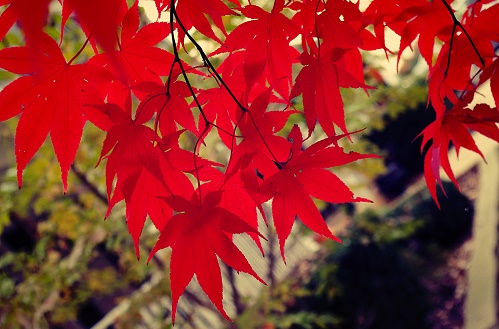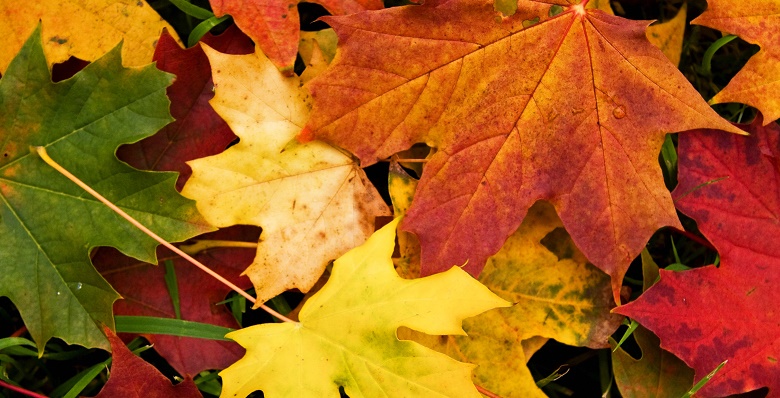Leaves

What are Leaves ?
A leaf is an organ of a vascular plant and is the principal lateral appendage of the stem. Typically a leaf is a thin, dorsiventrally flattened organ, borne above ground and specialized for photosynthesis. Most leaves have distinctive upper and lower surfaces that differ in colour, hairiness, the number of stomata, epicuticular wax amount and structure and other features.
The shape and structure of leaves vary considerably from species to species of plant, depending largely on their adaptation to climate and available light, but also to other factors such as grazing animals, available nutrients, and ecological competition from other plants.
Characteristics
Plants have an astounding variety of leaves. In all parts of the world, leaves have developed different characteristics to adapt to different climates and to carry out their important task of making food for the whole plant. The leaves of some species which grow in dry regions have been transformed into spines. In the tropical forests, some leaves are gigantic, to attract as much as sunlight as possible from the little which filters through the thick foliage of the trees.
Classification
Leaves are distinguished mainly by their shape, which can be like outspread hand, heart-shaped oval or needle shaped, pointed, wavy or fringed around the edges. Some leaves are simple, others compound – that is, formed of many little leaves.
Stalk
Some leaves are joined to a woody twig by a stalk.

Why do leaves change colour?
Most leaves are green because they contain chlorophyll. But many leaves also have pigments of other colours which form different patterns.

In autumn, when the tree prepares itself for a rest from photosynthesis, the chlorophyll breaks down and other pigments appear in the leaves.

Some varieties of Beech and Hazel have red leaves.
Why do some trees lose their laves?
As they approach the coldest or driest part of the season deciduous trees lose their leaves, and so drastically reduce the amount of water that they need.
With the supply of sap interrupted, the leaves wither and fall from the branches. The branches survive on the food accumulated by the roots.
In spring, when the climate changes the plant produces new leaves.

